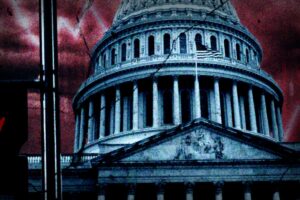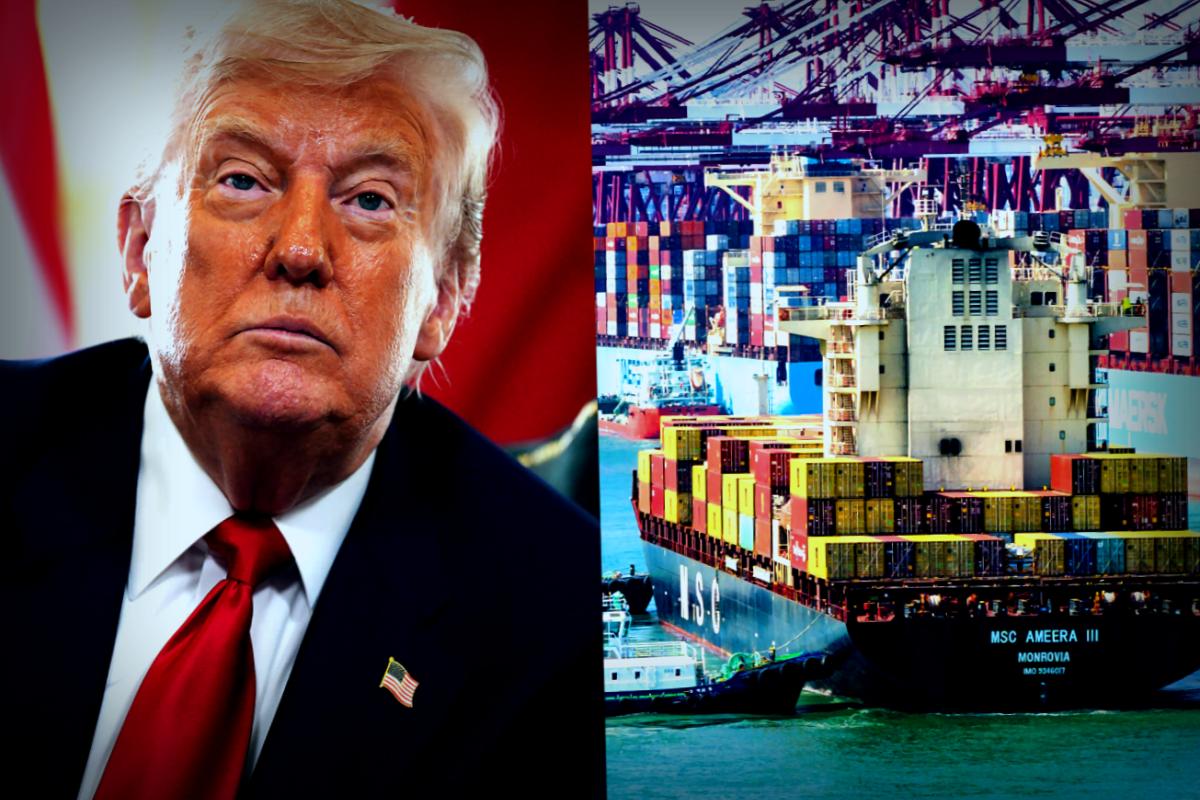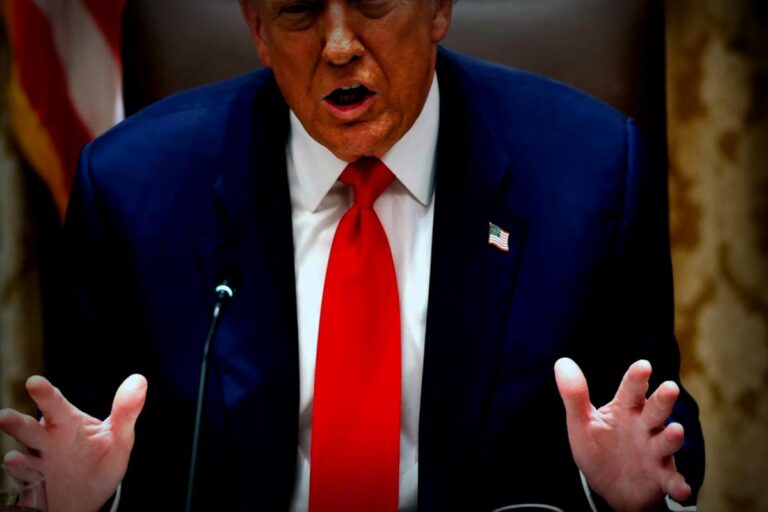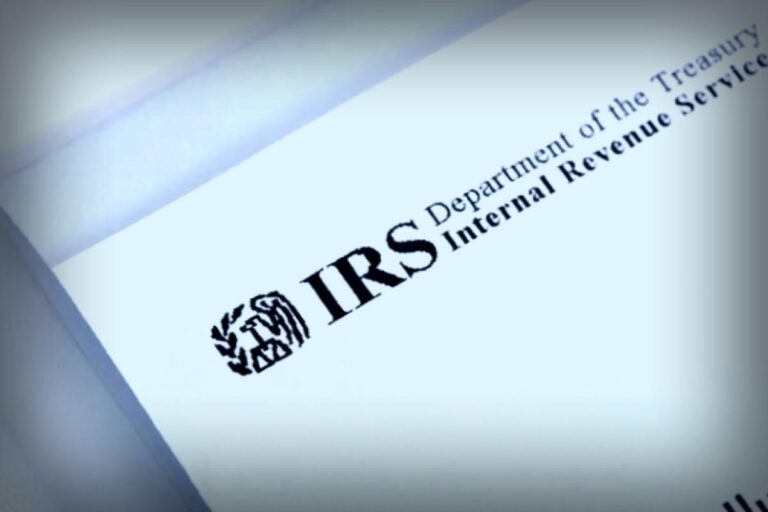A recent ruling from a federal appeals court came down hard on President Trump’s use of emergency powers, stating that he went too far in imposing various tariffs. The court concluded that only Congress has the legitimate authority to implement such extensive measures under the law.
That said, the judges indicated that the current tariffs could remain while the legal battle moves forward.
In the detailed ruling from the appellate court, seven judges emphasized, “The core Congressional power to impose taxes such as tariffs is vested exclusively in the legislative branch by the Constitution.” They reiterated that tariffs belong to Congress, not the executive branch.
The Trump administration is expected to quickly appeal the decision to the U.S. Supreme Court, currently leaning conservative with six out of nine justices being appointed by Republican presidents, three of whom were nominated by Trump himself.
Budding concerns from various sectors have arisen, with many businesses expressing that these tariffs have created confusion and difficulty, making it tough to operate effectively. For instance, the National Retail Federation highlighted that tariffs have disrupted traditional planning cycles for retailers, who would usually prepare their inventories months in advance.
A couple of companies, V.O.S. Selections Inc., involved in the wine and spirits business, as well as Plastic Services and Products, filed a lawsuit against Trump. They argue that he lacks the authority to enforce wide-ranging global tariffs without the backing of Congress.
Earlier this year, a special court had even blocked these tariffs temporarily, finding that they lacked clear limits and pointing out that the president’s cited law didn’t let him wield unrestricted tariff power. It also contested whether these tariffs posed an “unusual and extraordinary” threat, which is a requirement under the law.
Most of Trump’s tariffs target prominent trade partners, such as Canada, Mexico, China, and several others, utilizing this controversial legal framework.
The president believes these import taxes will eliminate trade deficits while reviving American manufacturing, boasting about the substantial revenue generated from these tariffs. Yet, many economists are cautioning that tariffs are having a dampening effect on economic growth, and inflation has started creeping upwards recently.
This court’s ruling won’t affect tariffs enacted under different laws, including a 10% steel tariff on the UK and a 50% steel and aluminum tariff on other global partners, as they were invoked under other sections of the Trade Act.
There has been growing uncertainty in the market stemming from the volatility around tariff policies over recent months, and this latest court decision is likely to stir things up even more.
Even with certain laws being put on hold, the administration still has various paths to impose tariffs if the Supreme Court sides with them. They could initiate investigations per Section 301 of the 1974 U.S. Trade Act, which could lead to new tariffs after such reviews.
Trump has also invoked Section 232 of the 1962 trade law regarding steel and aluminum duties and could explore different options, such as a previously unused Section 338, allowing for imports tariffs up to 50% from specific countries.
As for negotiating formal trade deals, that process typically takes years to finalize due to the complexity involved both domestically and internationally. Given the extremely intricate nature of U.S. and worldwide economics, which includes a staggering number of potential tariff classifications, progress is often slow.
Ultimately, finding workable solutions will be key to easing tensions in global trade relationships as the landscape evolves.
This article originally appeared on NBCNews.com




















